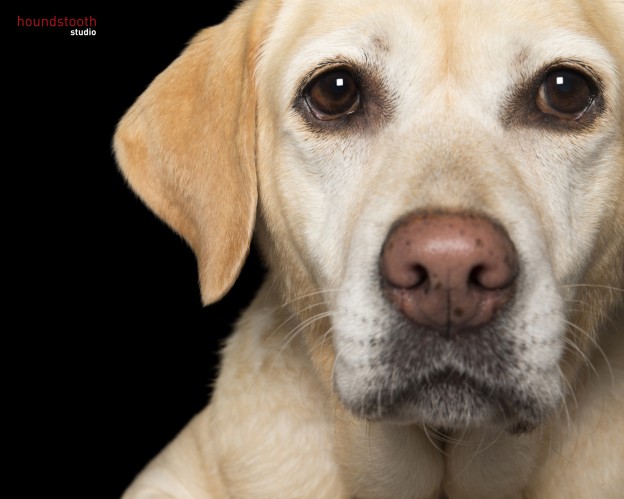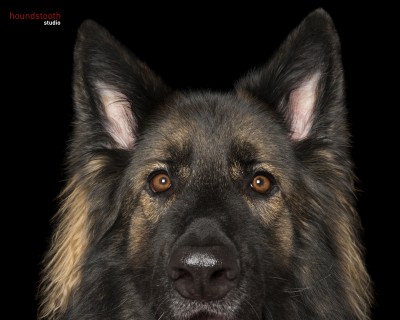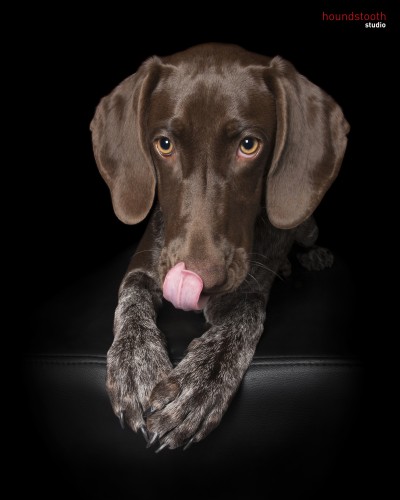
Do you know how to keep your dog’s eyes in tip-top shape so he can see the world clearly well into old age? Tim Falk reports.
If you’re a dog lover, chances are you’ve spent countless hours over the years gazing into your dog’s eyes hoping for an insight into their soul. From joy and mischief to sadness and sleepiness, you can tell a lot about how your pooch is feeling just by looking at her eyes.
But have you ever stopped to wonder just how well your dog can look back at you? Dogs are famous for their incredibly powerful sense of smell, but just how good is their eyesight? Is it true that all dogs are colour-blind? And what can dog owners do as part of their pooch’s regular grooming and health routine to help keep canine eyes in tip-top condition.
For the answers to these and more doggy vision questions, Dogs Life asked Dr James Crowley, a small-animal veterinarian from Sydney, to provide his point of view.

The eyes have it
The owners of some dogs will tell you their pooch can spot a meal or a tennis ball from a mile off, but just how strong is a canine’s sense of sight? “Dogs cannot see as well at a distance as a human with normal eyes,” Dr Crowley says. “Dogs can recognise objects better when they are moving and sometimes overlook the same object when it is still.”
“Sight hounds have the best vision for all dogs — they have been bred to have excellent vision and hunt from sight. These breeds include the Greyhound, Borzoi, Basenji, Afghan Hound, Irish Wolfhound and Italian Greyhound.”
Getting older
One of the more unfortunate parts of getting old for humans is that our eyesight starts to fade. Unfortunately, our dogs also suffer from poorer vision as they age.
“Eyesight certainly does change as a dog ages,” Dr Crowley says. “Various ocular diseases can cause vision loss; the most common changes are cataracts and lenticular sclerosis. It is difficult to tell the difference between these two diseases just by looking at the eye, which is commonly a grey/blue opaque colour or even undergoes a white change to the pupil. When complete, cataracts result in blindness, however lenticular sclerosis does not, though there may be a small amount of vision loss.”
The following breeds are prone to suffering from cataracts: Cocker Spaniel, Poodle, Siberian Husky, Schnauzer, Golden Retriever, Labrador Retriever, Maltese, Boston Terrier and Yorkshire Terrier.

Caring for your dog
If your dog has suffered a gradual deterioration of vision, it can be hard to detect that your pooch may be struggling to see properly. However, there are symptoms you should watch out for, including if your dog:
- Bumps into walls, furniture or other objects.
- Starts misjudging heights and distances.
- Is confused when entering new surroundings.
- Can’t find his or her water and food bowls.
- Is rubbing his eyes or squinting.
- Is clumsy or easily alarmed.
- Has eyes that are cloudy, the wrong colour or that look swollen or irritated.
If your dog is showing any of these symptoms, it may be time to take him to the vet to get his eyesight tested.
Want more articles like this? Subscribe to Dogs Life Magazine
You need to look after your pooch's health - check out our all-new DOGSLife Directory



